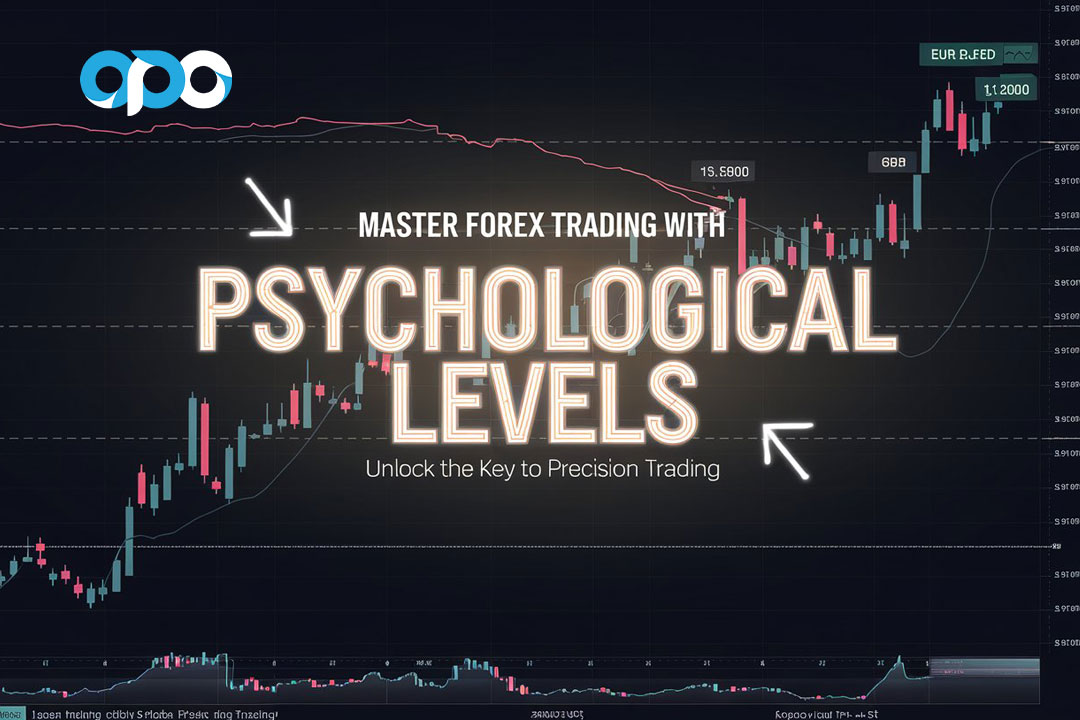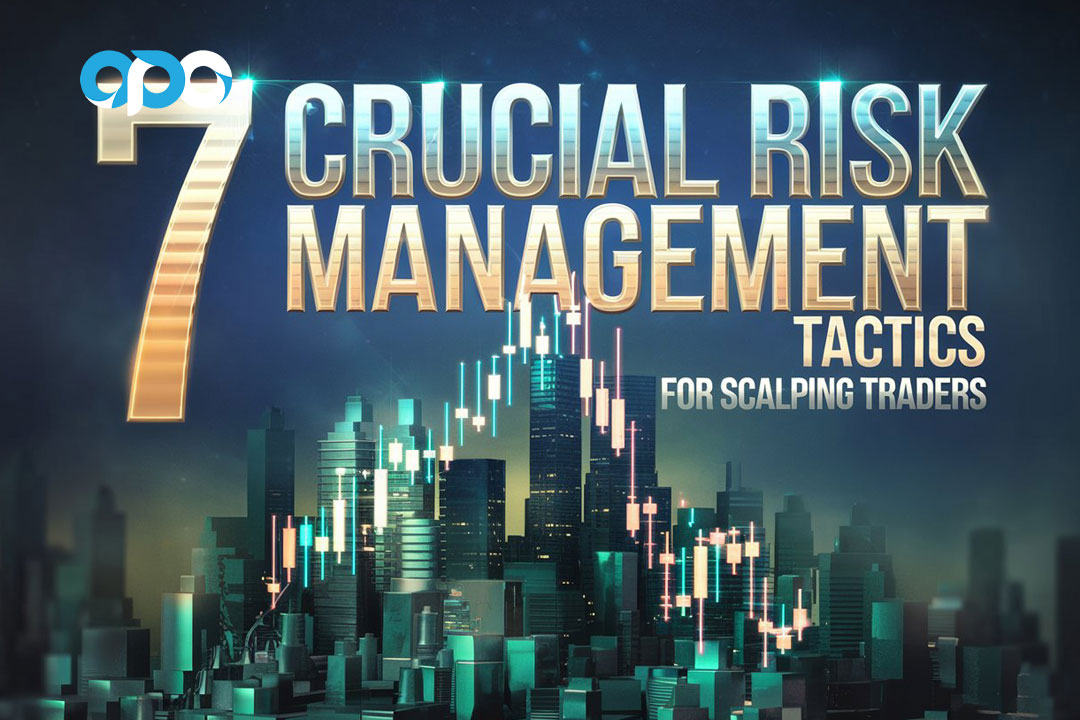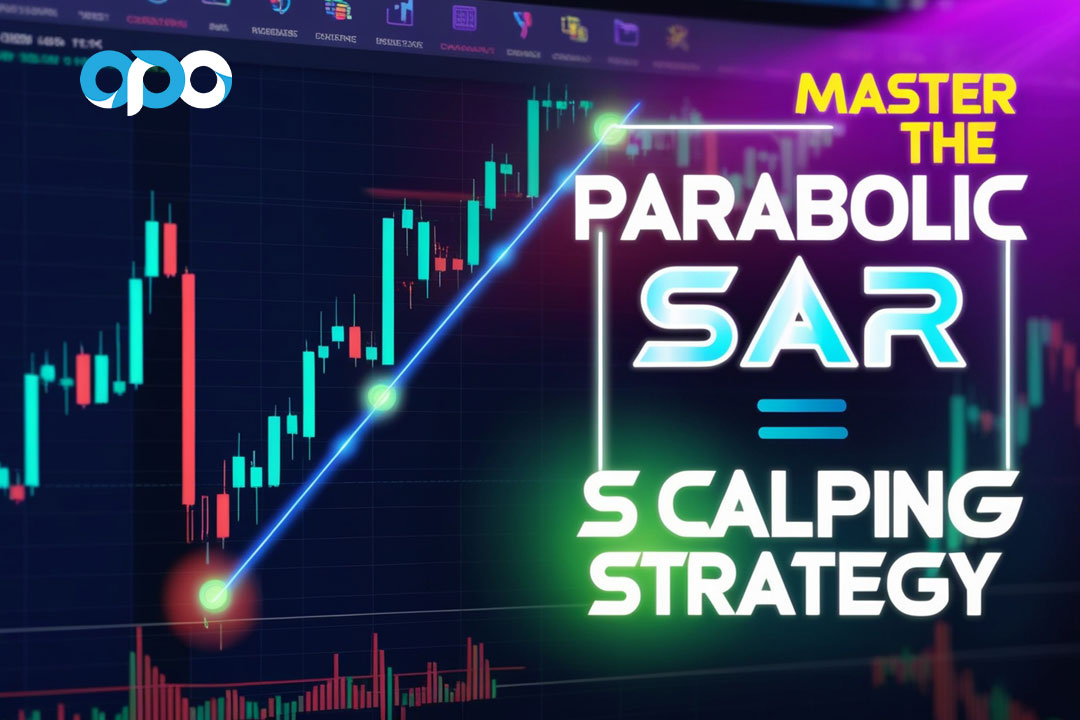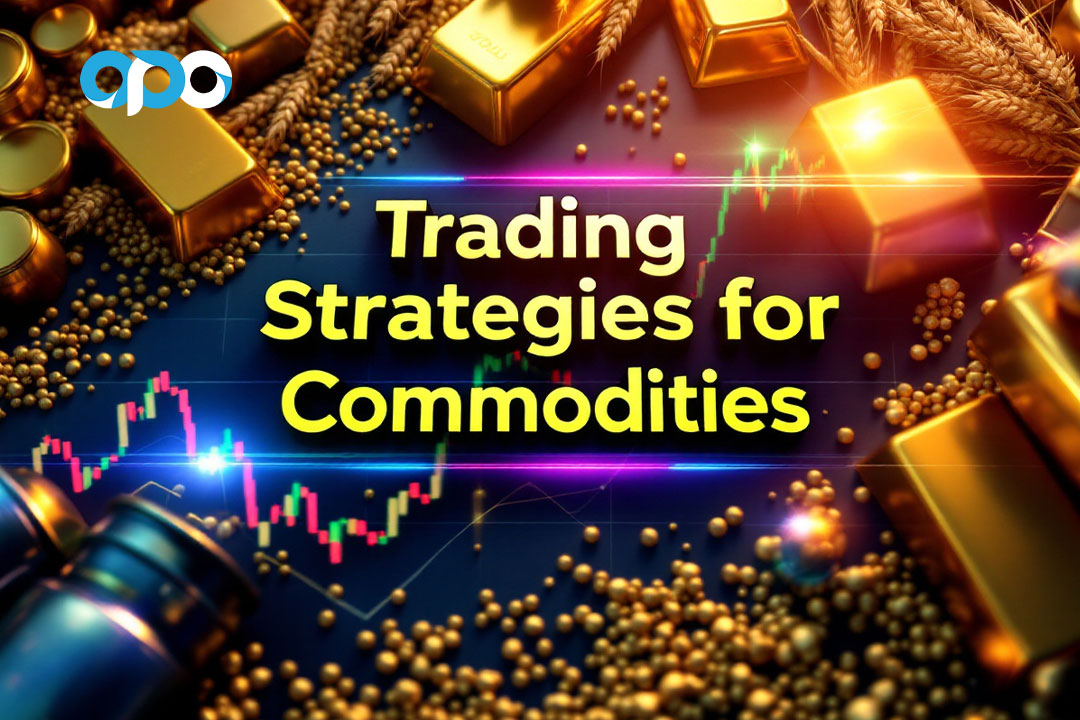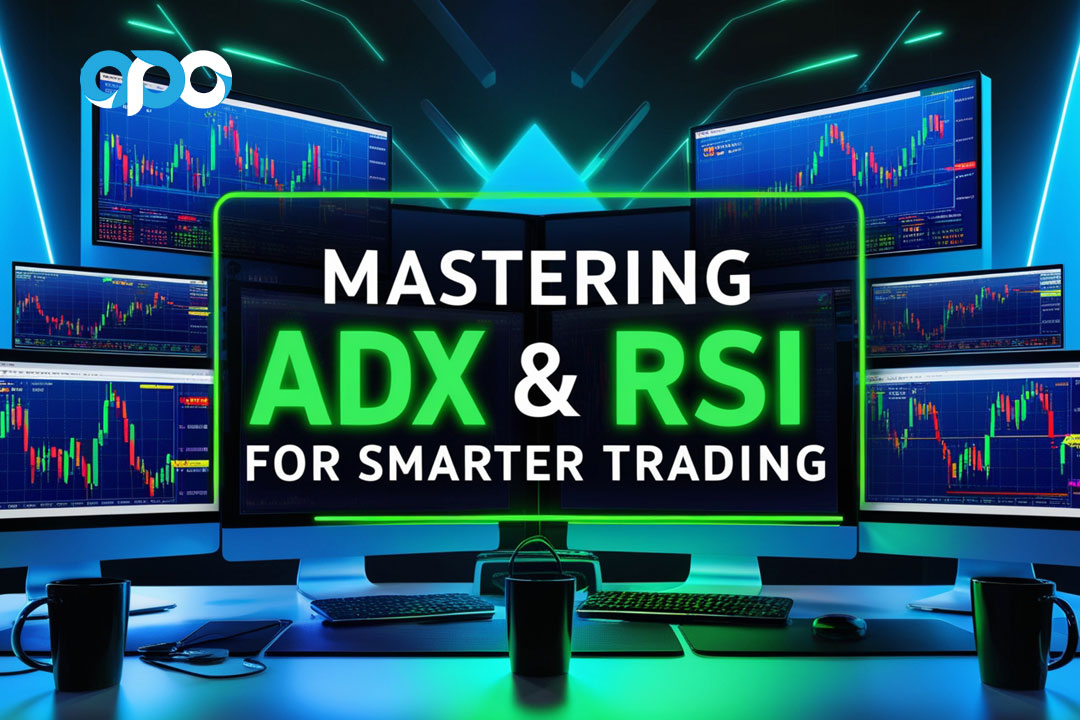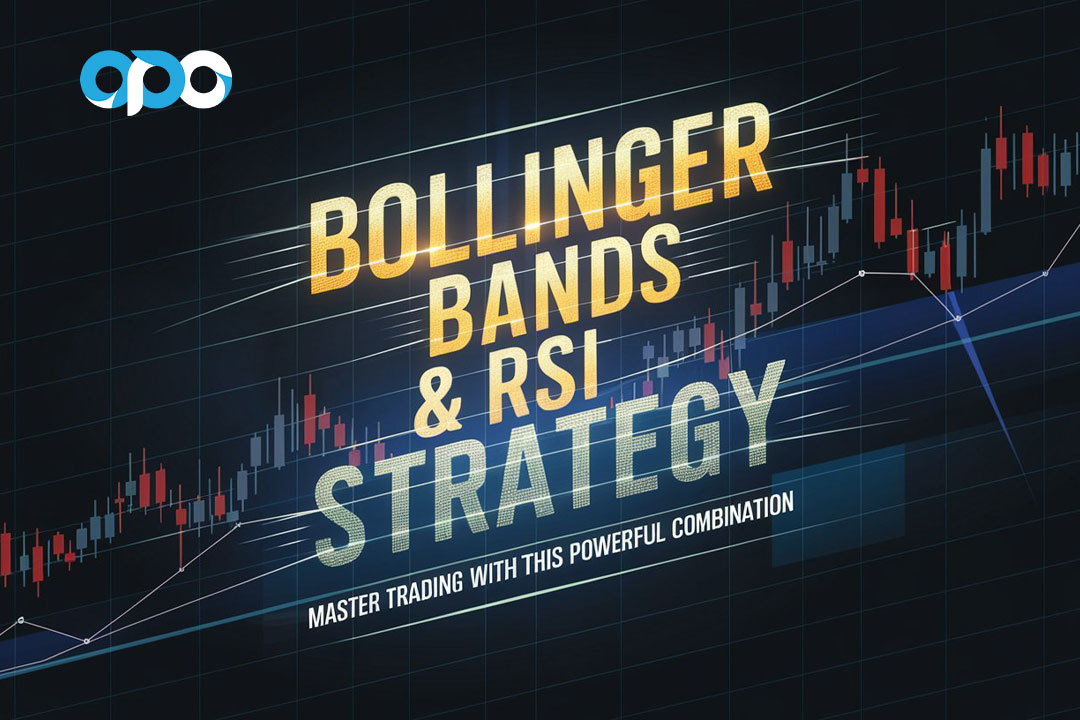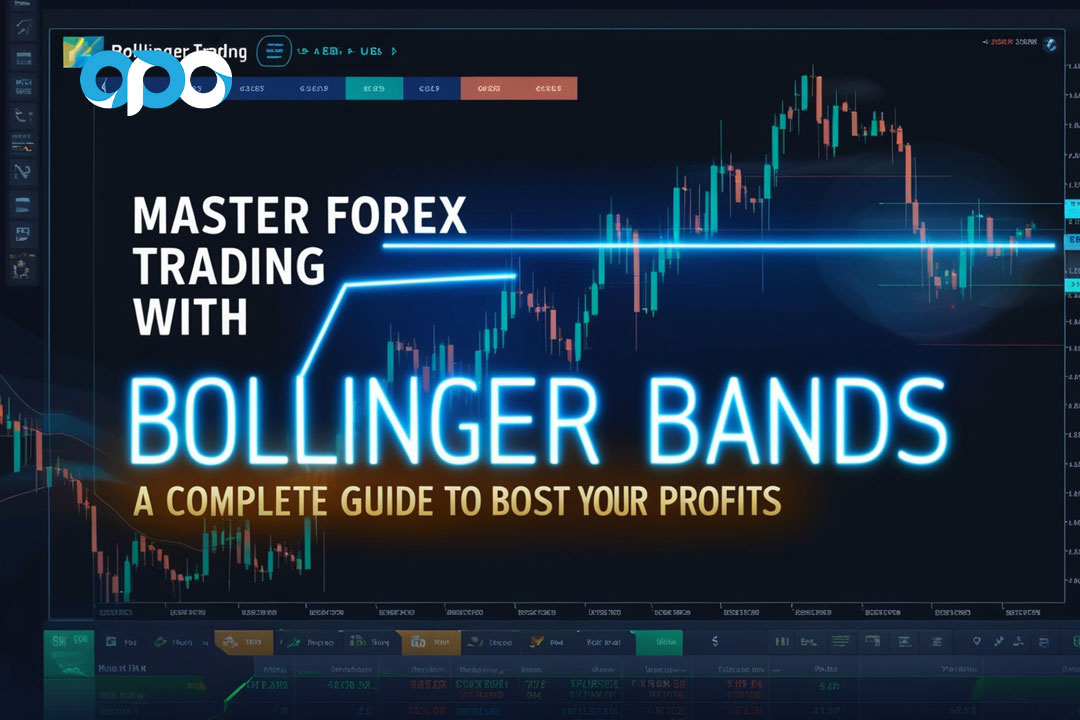Forex trading is as much about understanding human psychology as it is about numbers and technical indicators. One crucial concept in the market that illustrates this perfectly is psychological levels. Psychological levels refer to round numbers or price points that influence the behavior of traders, creating important areas of support and resistance. These price levels hold significant importance because they are mentally ingrained as strong barriers, where traders expect a reaction in price action.
For example, when traders see a currency pair like EUR/USD nearing a price of 1.2000, they anticipate that something will happen: either the price will break through this level, or it will bounce back. The expectation itself often creates market momentum around these numbers. Therefore, trading psychological levels in forex can offer insight into future price movements, allowing traders to capitalize on these market reactions.
In this article, we’ll explore the concept of psychological levels in detail, how to identify them, the best strategies for trading around them, and how they influence the market sentiment. Furthermore, we will discuss how psychological levels can assist with risk management, helping traders to set efficient stop-loss and take-profit levels. Whether you’re a novice trader or working with a regulated forex broker, mastering psychological levels is key to optimizing your trading performance.
Understanding Psychological Levels in Forex Trading

What Are Psychological Levels?
Psychological levels in forex are simply round numbers or whole price levels where price is likely to encounter a reaction, such as resistance or support. These numbers are often in increments of 50, 100, or 1000 pips. They are easy to remember, and because of this, many traders tend to act when price approaches these areas.
For example, price points like 1.1000 or 1.5000 in currency pairs such as EUR/USD or GBP/USD are typical psychological levels. They become self-fulfilling as traders, institutions, and algorithms all expect significant activity at these points. These levels act like magnets, pulling the price toward them and influencing the decisions traders make.
How Psychological Levels Work in Forex
The reason why psychological levels are important is that they serve as barriers for the market. When a price approaches a round number like 1.1000 or 1.2000, traders are more inclined to place large buy or sell orders. These orders affect the flow of the market, creating powerful reactions in price behavior. For instance, the price might test a psychological level multiple times before either breaking through it or reversing direction.
These levels can serve as support or resistance zones, meaning that prices often stop or reverse when they reach psychological points. If the price breaks through a psychological level, this often signals a strong trend in the same direction. However, if it fails to break through, the price could rebound in the opposite direction, offering traders excellent entry or exit opportunities.
Why Are Psychological Levels Important?
Psychological levels are significant for two main reasons: they represent the collective mindset of traders and they generate a large volume of orders. When enough market participants act at the same price level, it creates a reaction in the market that can either drive prices up or down. Because psychological levels are easy to identify, they become hotspots for trader activity.
- Influence on Trader Behavior: These levels often act as mental anchors, guiding trader sentiment and decision-making. Whether consciously or unconsciously, traders tend to gravitate towards these levels when placing their buy and sell orders.
- Market Reactions: As large volumes of trades cluster around psychological levels, price action tends to be highly volatile near these zones. The anticipation of potential market movement can cause a ripple effect, leading to strong price breakouts or reversals.
By understanding the nature of psychological levels and their role in shaping market sentiment, traders can improve their timing for entries and exits and make more informed trading decisions.
How to Identify Psychological Levels in Forex
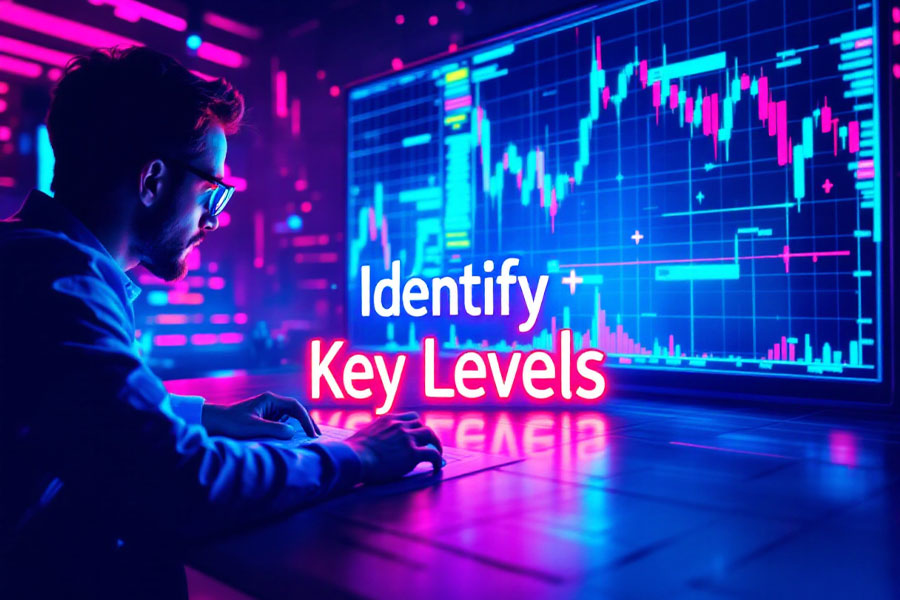
Spotting Psychological Levels with Ease
Identifying psychological levels is relatively straightforward, but mastering their use requires attention to detail and practice. Since psychological levels are round numbers, traders can easily spot them visually on the price chart. These levels often appear at numbers like 1.1000, 1.2000, or 1.5000, depending on the currency pair.
However, to ensure accuracy, traders should also look for the following:
- Historical Price Action: Review how the price has reacted to the psychological level in the past. If there have been strong bounces or rejections at a particular level, it may indicate future market behavior.
- Price Clustering: Zones where prices have consolidated in the past are good indications that a psychological level is in play. If the price tends to linger around a specific round number, it means traders are taking notice of that level.
- Round Numbers on Major Currency Pairs: In currency pairs like EUR/USD, GBP/USD, or USD/JPY, traders can often see strong psychological levels forming around prices like 1.0000, 1.1000, or 110.00. These round numbers form natural points of support and resistance.
Tools for Identifying Psychological Levels
To make the process of identifying psychological levels easier, traders can use various tools:
- Horizontal Line Tool: Almost all trading platforms provide a horizontal line tool that allows traders to draw lines on key psychological levels. This tool visually marks these levels on your chart for future reference.
- Price Alerts: Many platforms also offer price alerts, which notify traders when the price approaches a specific psychological level. This is particularly useful when you are waiting for a breakout or reversal at these key points.
- Technical Indicators: Some traders combine psychological levels with technical indicators like moving averages or Bollinger Bands to gain more confirmation about potential price action around these levels.
Trading Strategies for Psychological Levels

Support and Resistance Strategy
One of the most common strategies involving psychological levels is the support and resistance strategy. Psychological levels tend to act as zones where the price either bounces off (support) or reverses downward (resistance).
- Support Level: A psychological level where the price tends to stop falling and bounce back upwards. Traders may enter buy positions when they see price support forming near a psychological level.
- Resistance Level: A psychological level where the price struggles to rise further and tends to reverse downward. Traders often enter short positions near psychological resistance levels, expecting a reversal.
Breakout Strategy
In a breakout strategy, traders look for the price to break through a psychological level with strong momentum. This can indicate a continuation of a trend in the direction of the breakout.
- Identifying Breakouts: Traders look for consolidation near a psychological level, followed by a strong move either upward or downward through the level. If the price breaks through resistance, it often signals the start of a bullish trend. Conversely, a break through support may indicate the start of a bearish trend.
- Confirmation Tools: To confirm a breakout, traders can use additional technical indicators such as the Relative Strength Index (RSI) or volume analysis. If the price breaks a psychological level and the RSI shows overbought or oversold conditions, this can further confirm the validity of the breakout.
Reversal Strategy
Traders can also use reversal strategies when trading psychological levels. This involves entering trades when the price bounces off a psychological level, suggesting that the level is acting as a barrier to further price movement.
For example, if the price of EUR/USD bounces off the psychological level of 1.1000 multiple times without breaking through, it may signal a reversal. Traders may enter a short position, expecting the price to decline after hitting resistance.
Trend Following with Psychological Levels
In trend-following strategies, traders aim to identify the market’s prevailing trend and look for opportunities to enter positions in the same direction when the price approaches psychological levels. These levels act as checkpoints where traders can either add to their position or look for a continuation of the trend after a small pullback.
For example, in an uptrend, a trader may wait for the price to retrace to a psychological level (e.g., 1.1500) before entering a buy position, expecting the trend to continue.
Incorporating Psychological Levels into Risk Management
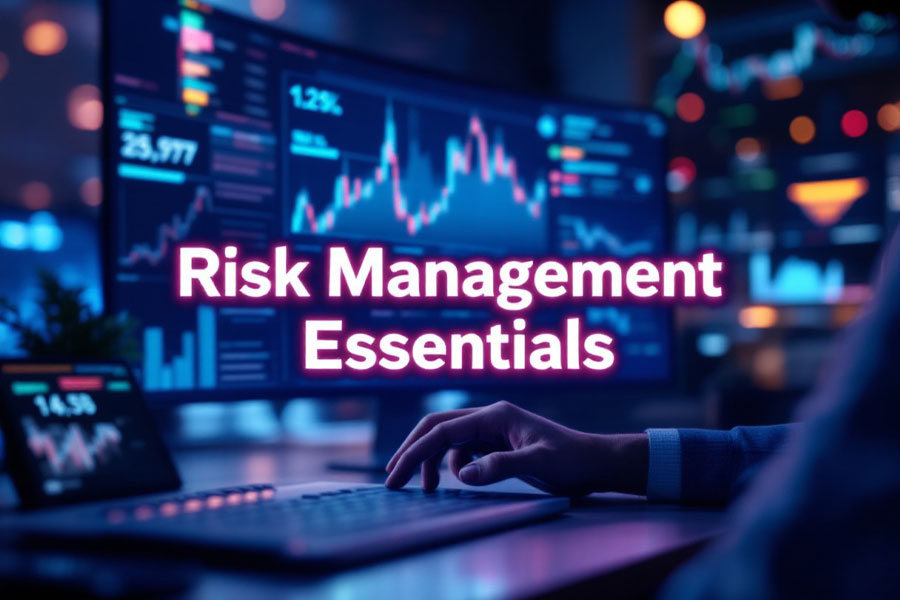
Setting Stop-Loss and Take-Profit Orders
An important aspect of trading around psychological levels is setting effective stop-loss and take-profit orders. Placing stop-loss orders too close to a psychological level could result in being prematurely stopped out due to market noise, even though the trade could have eventually turned profitable.
How to Place Stop-Loss Orders
When placing stop-loss orders around psychological levels:
- For Long Positions: Place your stop-loss below the psychological level of support. This ensures that small fluctuations near the level won’t trigger your stop prematurely.
- For Short Positions: Place your stop-loss above the psychological level of resistance. This gives your trade enough breathing room to withstand small moves without being stopped out.
Take-Profit Orders
Take-profit orders are also crucial when trading around psychological levels. Traders should aim to set take-profit levels near the next psychological level. For example, if you entered a buy position at 1.1000, you might place your take-profit near 1.1500, which is the next significant psychological level.
Risk-Reward Ratio
Another key aspect of risk management is ensuring that you maintain a favorable risk-reward ratio. Ideally, traders should aim for at least a 1:2 risk-reward ratio, meaning that for every $1 you risk, you should aim to make $2 in profit. When trading around psychological levels, this ratio helps ensure that your potential reward outweighs the risk.
How Market Sentiment Affects Psychological Levels

The Role of Market Sentiment
Market sentiment plays a pivotal role in how psychological levels function. When a large number of traders expect a price to reach or break a psychological level, their behavior influences the market outcome. For example, during times of positive market sentiment, traders may expect the price to break through psychological resistance levels and continue upward.
On the other hand, in periods of negative sentiment, traders may anticipate that the price will fail to break through a psychological level, leading to a reversal. In both cases, psychological levels serve as markers of collective trader psychology, making them critical zones for decision-making.
Case Study: EUR/USD and Psychological Levels
Consider the EUR/USD currency pair. Throughout the years, the pair has demonstrated a strong tendency to react around major psychological levels such as 1.1000, 1.2000, and 1.3000. In 2021, as market sentiment turned bullish due to the European Central Bank’s optimistic outlook, EUR/USD surged through the psychological resistance of 1.2000. This breakout resulted in a strong rally toward 1.2500, another psychological level where traders began taking profits.
This example illustrates the power of market sentiment when combined with psychological levels in driving price action.
Why Choose Opofinance as Your Forex Broker

When it comes to selecting a forex trading broker, Opofinance is a top choice for traders seeking security, advanced tools, and unique services. Here are the key features that set Opofinance apart:
ASIC-Regulated for Safety
Opofinance is fully regulated by the Australian Securities and Investments Commission (ASIC), one of the most respected financial regulators worldwide. This ensures a high level of security and transparency, protecting your investments and ensuring the broker follows strict standards.
Access to the MT5 Trading Platform
As a broker listed in the MT5 brokers category, Opofinance offers traders access to the cutting-edge MetaTrader 5 platform. MT5 provides advanced charting tools, technical analysis indicators, and fast execution, giving traders everything they need to make informed decisions in real time.
Social Trading for Collaboration
Opofinance also supports social trading, a feature that allows you to follow and copy successful traders. This is an excellent way for new traders to learn and for experienced traders to earn extra by sharing their strategies.
Safe and Convenient Deposits and Withdrawals
With secure and efficient deposit and withdrawal methods, Opofinance makes it easy to manage your funds. Whether you prefer bank transfers, credit cards, or e-wallets, your transactions are protected, ensuring a seamless experience.
For traders who want the best in security, tools, and innovative features, Opofinance is an ideal choice, ensuring success at every level of trading.
Conclusion
Incorporating psychological levels into your forex trading strategy can significantly enhance your decision-making and improve your trading outcomes. These key price levels, often marked by round numbers, are not just price points; they represent the collective psychology of the market, influencing trader behavior on a broad scale. Understanding how psychological levels act as support and resistance, provide entry and exit opportunities, and affect market sentiment can give you a critical edge in the market.
However, trading around psychological levels requires a disciplined approach, especially when it comes to risk management. Combining technical analysis, market sentiment, and solid risk control is essential to harness the full potential of psychological level trading strategies.
For traders looking to further enhance their skills, choosing a reliable broker like Opofinance—with its ASIC regulation, MT5 platform access, and social trading features—can provide the tools and security needed to succeed in forex trading. By making the right decisions around psychological levels and trading with a trusted broker, you can navigate the forex market more effectively and with greater confidence.
What are the best tools for identifying psychological levels in forex trading?
The best tools include round number identification, historical price action analysis, and observing price consolidation zones around key levels. These methods help traders anticipate market reactions.
Can psychological levels be used in conjunction with other forex trading strategies?
Yes, psychological levels can be combined with technical indicators like moving averages, RSI, and Fibonacci retracement to increase the accuracy of trade setups.
How does trader sentiment affect price movements around psychological levels?
Trader sentiment, driven by emotions such as fear and greed, can cause significant reactions around psychological levels. Positive sentiment may lead to breakouts, while negative sentiment can trigger reversals.
